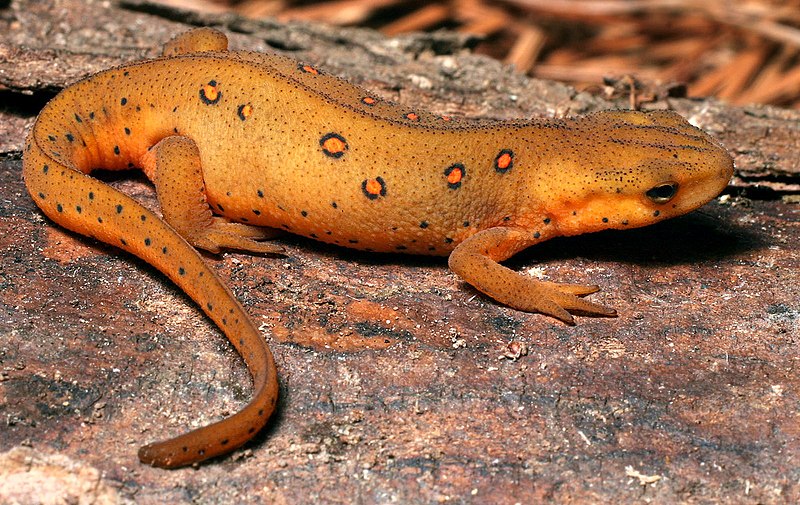 Long-lived, responsive and intelligent, Red-Eared Sliders and similar turtles are among the most popular of reptile pets. However, aquatic turtles feed in water and are quite messy about it, and produce a great deal of waste. Keeping their water clear and odor-free, and in a state that promotes good health, is a challenge faced by all turtle-keepers. Today I’ll review some filters that are especially designed for use with aquatic turtles and other reptiles and amphibians; you can view other available models here.
Long-lived, responsive and intelligent, Red-Eared Sliders and similar turtles are among the most popular of reptile pets. However, aquatic turtles feed in water and are quite messy about it, and produce a great deal of waste. Keeping their water clear and odor-free, and in a state that promotes good health, is a challenge faced by all turtle-keepers. Today I’ll review some filters that are especially designed for use with aquatic turtles and other reptiles and amphibians; you can view other available models here.
General Considerations
Your turtle’s natural history and feeding behavior will greatly influence the type of filter that should be used, so be sure to research these topics before making your selection. For example, Spotted Turtles will be stressed by fast currents, Soft-shelled Turtles will kick sand about and dislodge intake tubes, the carapaces of Pig-Nosed Turtles are prone to bacterial attack in highly-oxygenated waters, and so on. Please write in if you need help in selecting a filter. Read More »
 That Reptile Blog – Reptile, Amphibian and Exotic Pet Care and Information
That Reptile Blog – Reptile, Amphibian and Exotic Pet Care and Information




